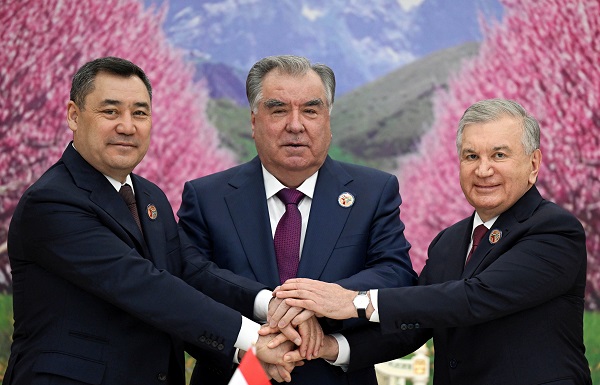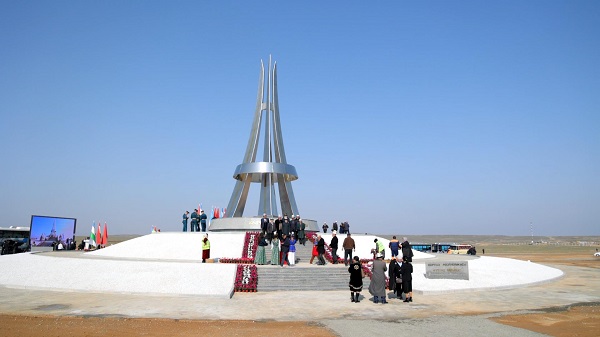31 March 2025, marks a landmark date for Central Asia. In the ancient Tajik city of Khujand, the Presidents of Kyrgyzstan, Tajikistan, and Uzbekistan—Sadyr Japarov, Emomali Rahmon, and Shavkat Mirziyoyev—signed a historic agreement defining the junction of their state borders. This pivotal event strengthens regional stability and opens a new chapter in interstate relations.
In addition to the border treaty, the three leaders also signed the Khujand Declaration of Eternal Friendship, underscoring their commitment to cooperation and mutual respect.
The leaders of the states stressed that the signing of these documents symbolizes respect for the sovereignty and territorial integrity of the countries, and also serves as an example of constructive dialogue and effective cooperation in Central Asia.
The agreements reached open up new prospects for strengthening mutual trust, maintaining stability and developing integration processes in the region.
The culmination of the summit was the opening ceremony of a symbolic stele installed at the exact junction of the three nations’ borders. More than just a geographical marker, the stele serves as a powerful emblem of a new era of cooperation, trust, and good-neighborly relations following the resolution of longstanding border disputes.
Moreover, on the sidelines of the summit, some important bilateral ceremonies took place:
- Kyrgyzstan and Tajikistan signed a Protocol on the Exchange of Instruments of Ratification, legally formalizing their State Border Agreement. This agreement paves the way for full border demarcation, modernization of border infrastructure, and enhanced neighborly ties.
- Tajikistan and Uzbekistan finalized the Treaty on Allied Relations through a protocol exchange. Originally signed during a high-level summit on April 18, 2024, in Dushanbe, the treaty officially came into force upon the exchange of ratification documents.
The significance of these agreements cannot be overstated, particularly in light of the region’s complex border configurations. Central Asia, and especially the Ferghana Valley, is a unique geographical phenomenon — the valley is literally fragmented by numerous enclaves (territories completely surrounded by the territory of another state). There are eight of them. Four enclaves belong to Uzbekistan, but are located inside Kyrgyzstan. Tajikistan has three enclaves on the territory of Uzbekistan, and Kyrgyzstan has one enclave within Uzbekistan.
For decades, experts viewed these territorial complexities as potential flashpoints for tensions. Now, when the borders have received a clear legal formalization, and the political will to strengthen friendly and allied relations has been demonstrated at the highest level, a reliable path to sustainable development and prosperity of this part of Central Asia is firmly set.
The elimination of borderline “conflictogens” creates an effect similar to ripples on the water — conducive environment are formed for strengthening integration processes throughout the Central Asian region. The agreements can become a catalyst for new initiatives in the fields of economic cooperation, joint infrastructure projects and cultural exchange.
The Khujand summit will not only be remembered as a historic border settlement but also as a turning point for regional cooperation. By solidifying territorial agreements and reinforcing political alliances, Central Asia is now poised for a future of stability, growth, and deeper integration. ///nCa, 1 April 2025

